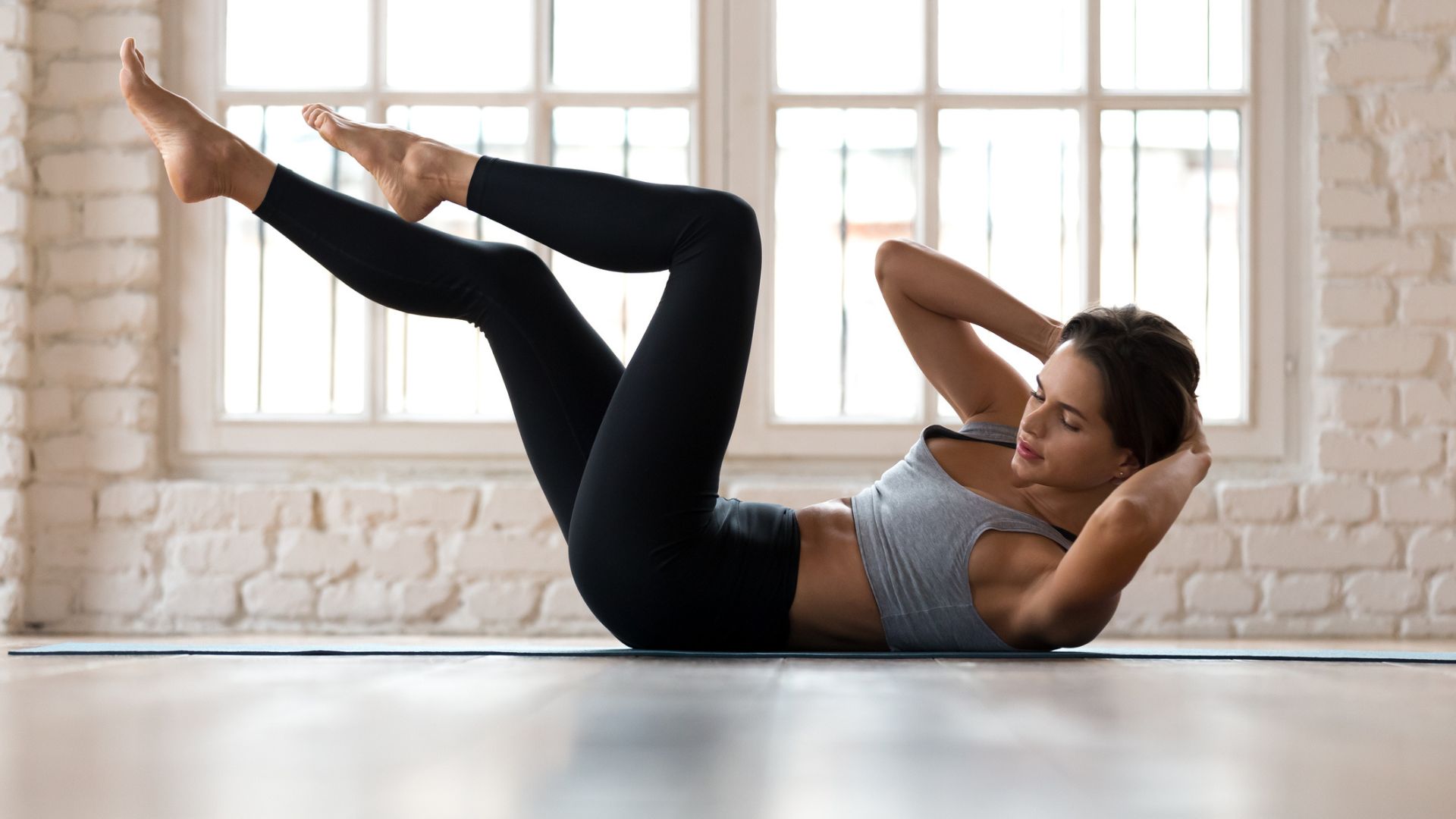
Developing core strength takes more than just sit-ups, since that workout staple mostly targets your abs and not your whole core. This is because the core consists of more than just the six-pack muscles (or, officially, the rectus abdominis).
The oblique muscles (sometimes called "side abs") are often neglected during abs workouts, but they play an important role in maintaining posture, as well as bending and twisting your trunk.
This workout from WeGlow fitness app founder Stef Williams targets these muscles to help you develop good overall core strength, enhance your balance, and develop the connection between your upper and lower body.
The session is a circuit of five bodyweight moves that takes less than eight minutes to complete, so you can use it for a quick bit of movement at home or as an added bonus after a strength workout. Just unroll your yoga mat and away you go.
Complete the exercises back to back for 30 seconds each, and repeat this sequence three times to finish the workout. Watch Williams demonstrations to learn how to train your obliques before you start.
Watch Stef Williams' five-move core workout
There are two layers to the oblique muscles: the internal and external obliques. They can both be found in the same area of your body, stretching down the sides of your trunk, but the internal obliques are located under the external obliques.
These muscles help with twisting and bending movements, as well as supporting the spine and even assisting with breathing, so they play big part in both our day-today lives and exercise routines.
Working on them will not only boost your midsection strength, but it could also help to relieve upper body aches as having a solid core muscle can take pressure off your lower back.
During variations of the plank, such as the hip dips and side plank leg lifts, try to keep a neutral (or straight) spine throughout. This will recruit your core muscles to keep your trunk stable, making sure you get the most out of these moves.
And, despite appearances, learning how to do a plank can take some training, but the pay off can be significant, as you'll engage your core more, and prevent bending your lower back which can cause injury.
Williams recommends completing this obliques workout after a strength session, so try adding it to the end of this five-move leg workout. Or if you prefer full-body workouts, pairing it with this 40-minute session will target all your major muscle groups with just a pair of dumbbells.







